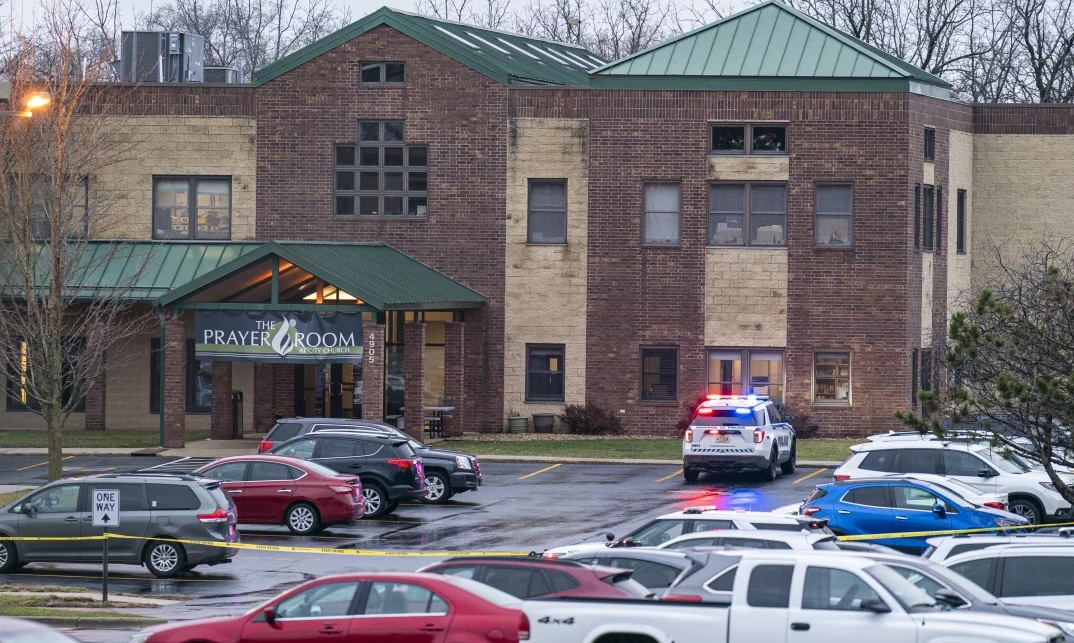What appears to be simply another school shooting had a twist.
On December 16, 2024, another school shooting occurred, this time at the Abundant Life Christian School in Madison, Wisconsin. A 15-year-old opened fire, killing two people—a student and a teacher—and injuring six others. The suspect died from what police believe was a self-inflicted gunshot wound. This incident is part of a larger pattern of violence, with over 320 shootings occurring on school grounds in 2024 alone, according to the K-12 School Shooting Database. However, what makes this case particularly unusual is the gender of the perpetrator, a girl.
Historically, women have been underrepresented among perpetrators of mass shootings, to put it mildly. Thankfully so, it could be said, or we would have nearly twice as many of these events. According to the FBI, 97% of active shooter incidents between 2000 and 2019 were perpetrated by males. Mass shootings, defined by the FBI as incidents in which four or more people are killed, are dominated by male offenders. Between 1999 and 2024, only four female shooters have been involved in mass shootings, (and one transgender shooter, the perpetrator of the 2023 Nashville Christian school attack).
Many school shooters see those involved in the Columbine and Virginia Tech shootings, for example, as role models and use these tragedies as blueprints for their own actions. In contrast, female shooters often have different motivations. Women are less likely to be driven by the same types of aggrieved entitlement or crisis of masculinity that many male shooters experience. While men typically target others in response to perceived personal grievances, women more often engage in violence due to external stressors, ideological beliefs, or, more commonly, mental illness.
Women just don’t do this, do they?
Recent years have seen a few female shooters making headlines, although they remain relatively rare. In 2018, Nasim Aghdam, upset by YouTube’s policies regarding her animal rights videos, opened fire at the company’s headquarters in San Bruno, California, wounding three people before fatally shooting herself. These cases highlight the distinct, often ideologically driven motivations of female shooters.
There are also cases in which women have been involved in mass shootings as part of a pair. For example, in the 2015 terrorist attack in San Bernardino, California, and the 2019 attack at a kosher supermarket in Jersey City, New Jersey, women were involved as accomplices. Similarly, in 2018, Snochia Moseley, a temporary worker at a Rite Aid distribution center in Maryland, killed three people before taking her own life. Like many female shooters, she had a history of mental illness.
But to the degree that differences are ideological, studies suggest that men tend to place blame on others rather than themselves, leading to anger and hostility. Add to that, boys love guns. Male shooters are therefore more familiar with guns, further contributing to the gender disparity in shooting-related incidents. Women are more likely to use weapons like knives when resorting to violence, generally, which makes firearms-related mass shootings less common among females.
Despite this, women have still been responsible for high-profile shootings, and sometimes appear motivated by the same grievances (and delusions) as men. For example, in 2014, Cherie Lash Rhoades, a former tribal chairwoman in Northern California, killed four people after a dispute over her eviction from a tribal property. Similarly, in 2006, postal worker Jennifer Sanmarco killed seven people at a Santa Barbara postal facility, motivated by what she believed was a conspiracy against her.
But women shooters can have their own flavor. A notable case was the 1979 school shooting by 16-year-old Brenda Spencer in San Diego. Spencer opened fire on children arriving at Grover Cleveland Elementary School, killing two adults and injuring nine others. When asked why she did it, Spencer famously replied, “Because I just don’t like Mondays.” The incident inspired the song “I Don’t Like Mondays” by the Boomtown Rats.
This recent shooting at Abundant Life Christian School, while part of a larger trend of school violence, stands out due solely to the gender of the perpetrator. Even at 15, her age does not set her apart. But while female shooters remain a tiny minority of mass shooters, their motivations, methods, and the social factors influencing their actions often differ significantly from their male counterparts. Understanding these differences would be important to address the root causes of mass violence by women – if anyone felt that such occurrences created a statistical imperative to do so in light of their male counterparts’ proliferation.

